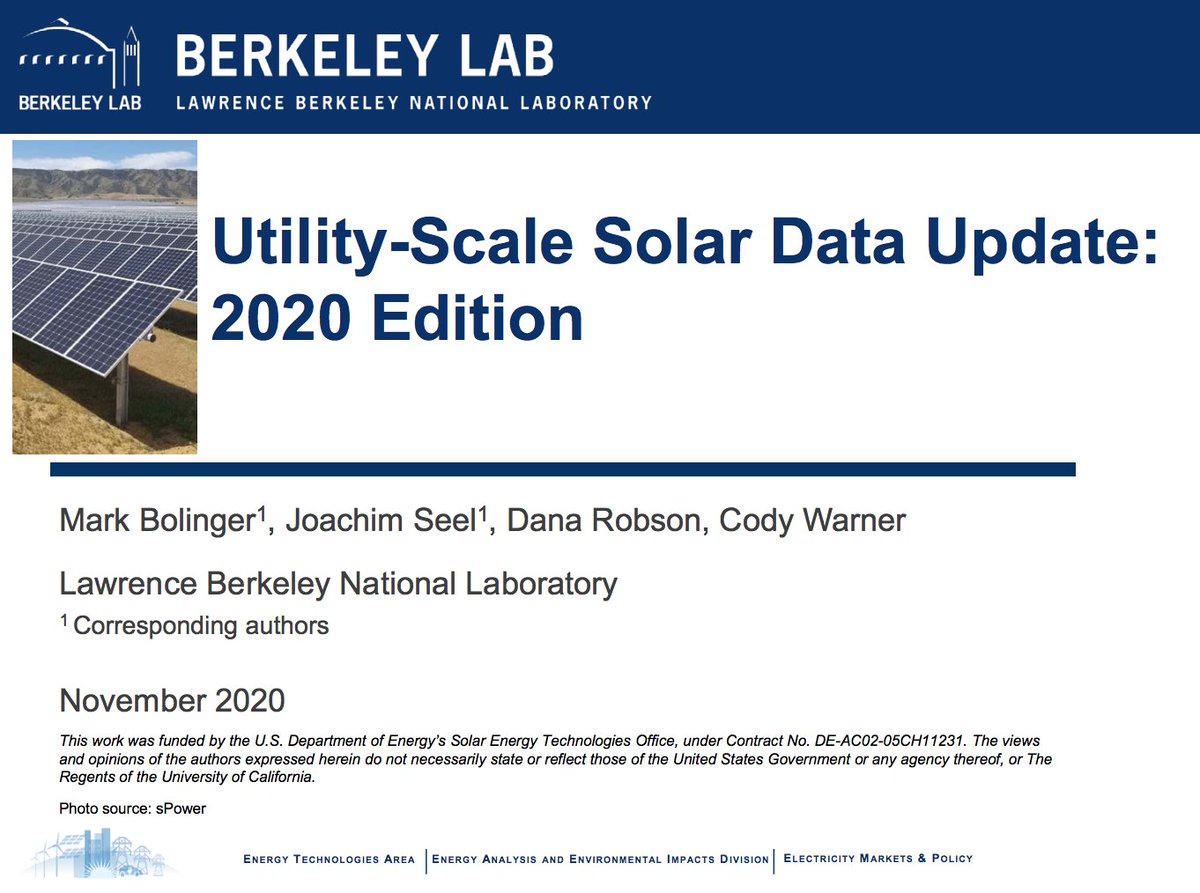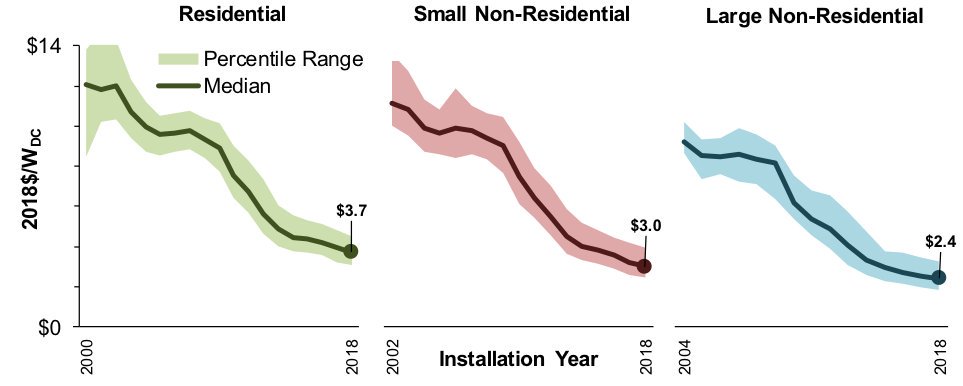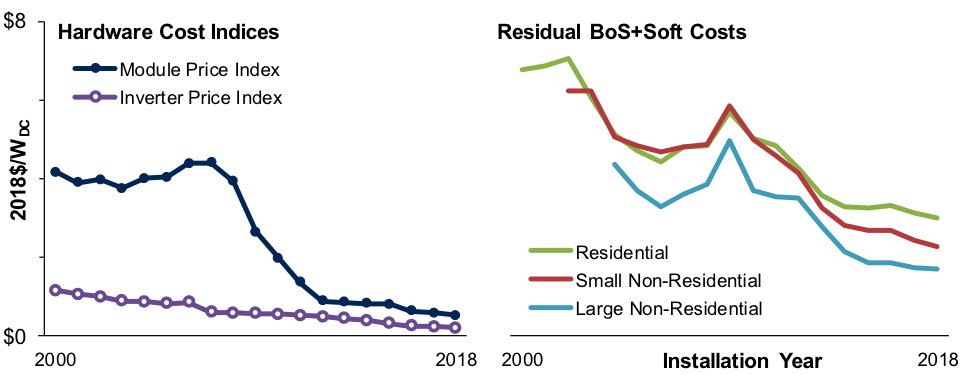
THREAD: New research from @BerkeleyLab, published in @NatureEnergyJnl, shows that policy and business model interventions can help low- and moderate-income households enjoy the benefits of rooftop #solar. Online at rdcu.be/b993z 1/x 

Many states have programs to help low-income households go solar. But which create the biggest effects? Our research compares LMI incentives, leasing, and PACE finance programs. emp.lbl.gov/publications/i… 2/x 

Using demographic data from solar adopters, @BerkeleyLab can parse the effects of different policies and business models. General subsidies do little to reach low-income customers, while leasing and PACE help a little. Most effective are direct LMI incentives. 3/x 

Lastly, these LMI policies can have spillover effects, increasing adoption by LMI customers and communities, even beyond those who directly participate. More in the @NatureEnergyJnl article at rdcu.be/b993z. 4/x
Join the authors in a @CESA_News webinar discussing this #solar research on Thursday, Dec 3 at 1pm EST / 10am PST. Register at: register.gotowebinar.com/register/45963…. 5/x 

See other @BerkeleyLab resources on low-income #solar at the LBL Solar Demographic Trends and Analysis homepage. emp.lbl.gov/projects/solar… /end
• • •
Missing some Tweet in this thread? You can try to
force a refresh








